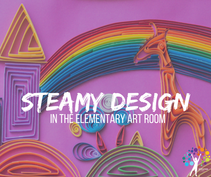
In our HOT Block arts integration class, we decided to give the students another STEM lesson that added art and design to create some STEAM. The students wrote questions and planned their pencil holder. The only rules were that it had to hold at least one pencil, and they needed to use the materials provided. For this challenge, we decided to leave it open so students had room to explore, design and create.
Have you taught any steAm-y lessons?
I’d love to hear about them. Share in the comments, below!
National Core Arts Standards
Conceiving and developing new artistic ideas and work.
Anchor Standard #1. Generate and conceptualize artistic ideas and work. Anchor Standard #2. Organize and develop artistic ideas and work.
Anchor Standard #3. Refine and complete artistic work.
Next Generation Science Standards
Students who demonstrate understanding can:
K-2-ETS1-1 Ask questions, make observations, and gather information about a situation people want to change to define a simple problem that can be solved through the development of a new or improved object or tool.
Common Core State Standards Connections
ELA/Literacy
RI.2.1 Ask and answer such questions as who, what, where, when, why, and how to demonstrate understanding of key details in a text. (K-2-ETS1-1)
W.2.8 Recall information from experiences or gather information from provided sources to answer a question. (K-2-ETS1-1)
This blog was first posted on Education Closet
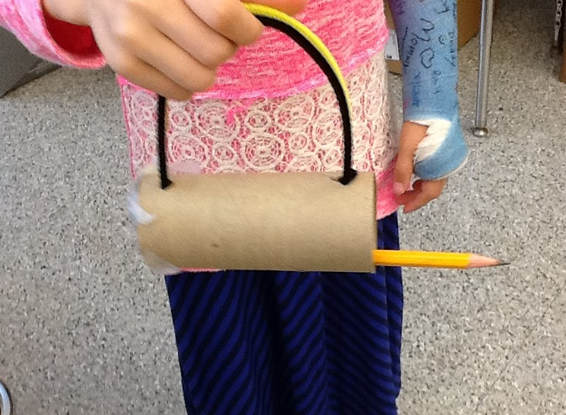
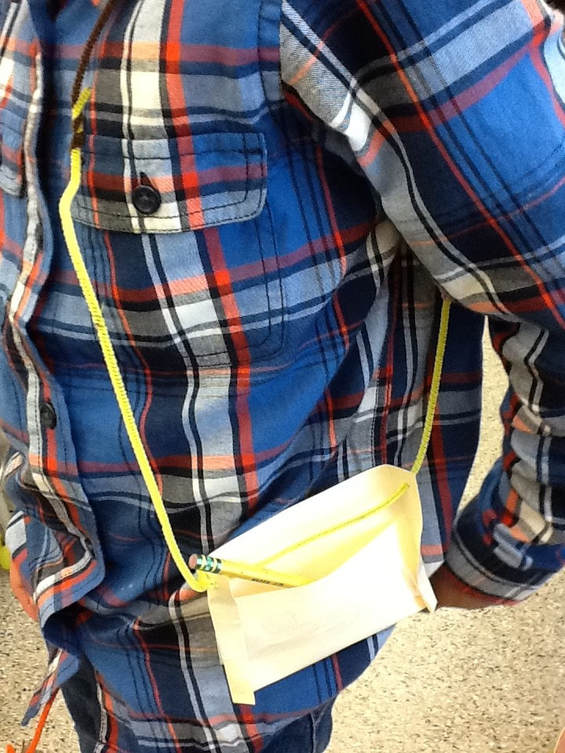
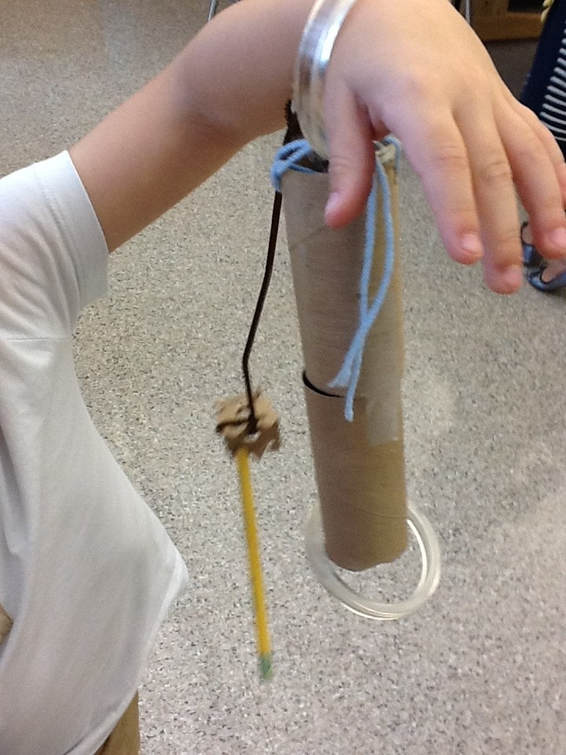
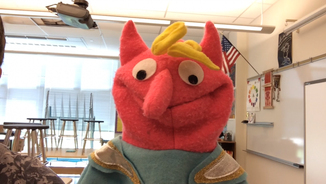
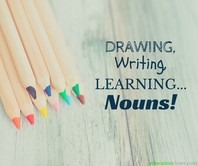
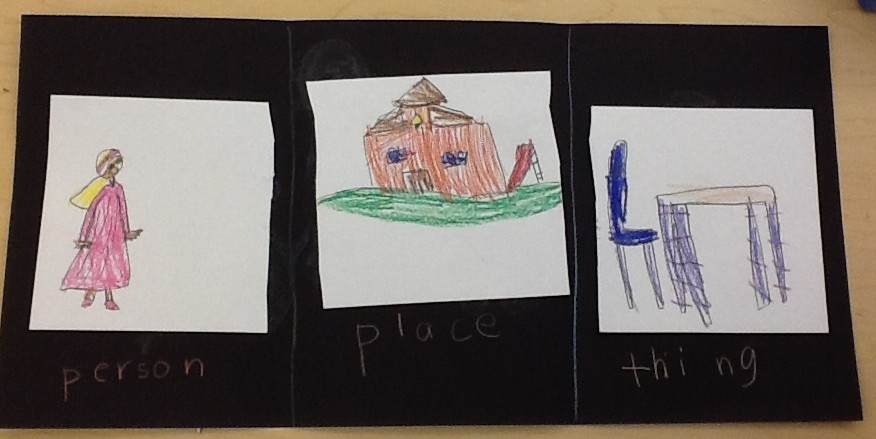
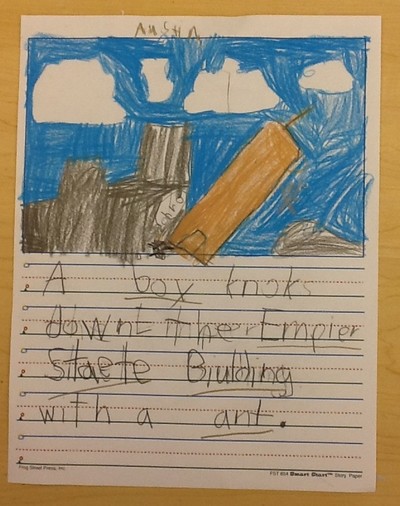
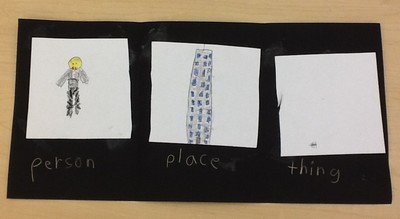
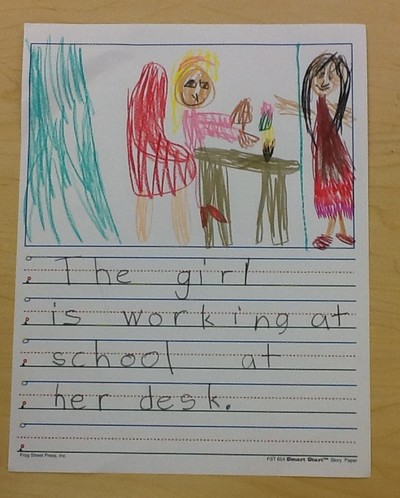


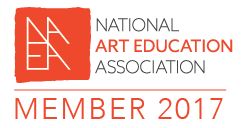

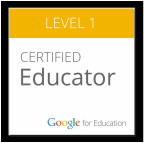
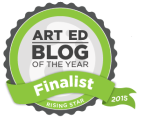
 RSS Feed
RSS Feed
